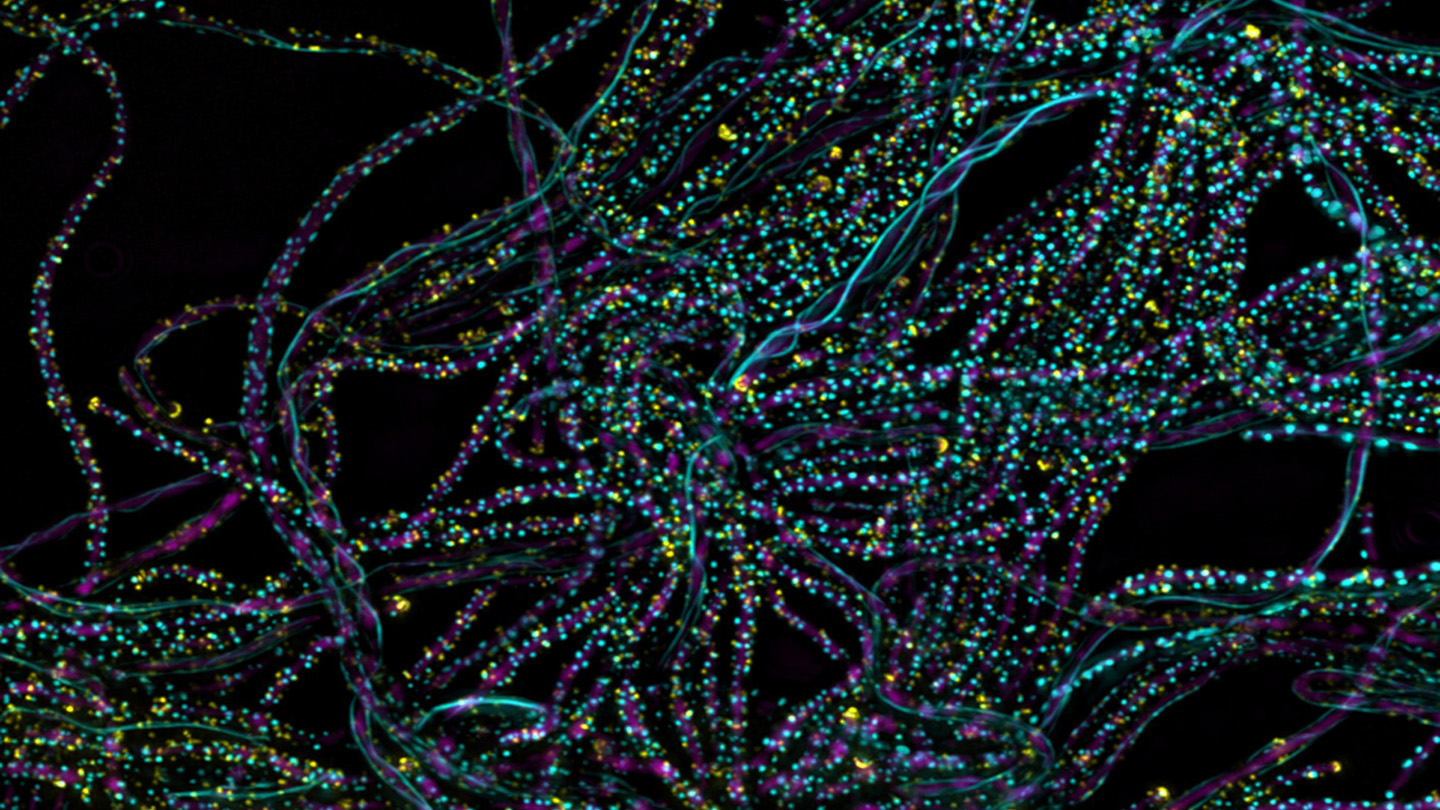For photosynthesis, one photon is all it takes.
According to physical chemist Graham Fleming of the University of California, Berkeley, scientists have long assumed that the reactions of photosynthesis begin upon the absorption of just one photon, but that had not yet been demonstrated. He and his colleagues decided to investigate whether one photon was enough to start the whole process.
The sunlight that falls on Earth’s surface may seem bright to human eyes, but on small scales, it translates to only a few tens of photons of the appropriate wavelengths of sunlight falling on a square nanometer per second. This is the scale of the tiny chlorophyll and bacteriochlorophyll molecules that are central to photosynthesis in plants and bacteria.
Many laboratory experiments on photosynthesis use lasers, which are much more powerful light sources, to kick off the reactions. Instead, Graham and his colleagues used a source of light that produces just two photons at a time. One photon served as a herald, going off to a detector to let researchers know when two photons were released. The other photon went into a solution containing photon-absorbing structures from the photosynthetic bacterium Rhodobacter sphaeroides. These structures, called light-harvesting 2 complexes, or LH2, are made up of two rings of bacteriochlorophyll and other molecules.
2023-06-14 10:00:07
Original from www.sciencenews.org
